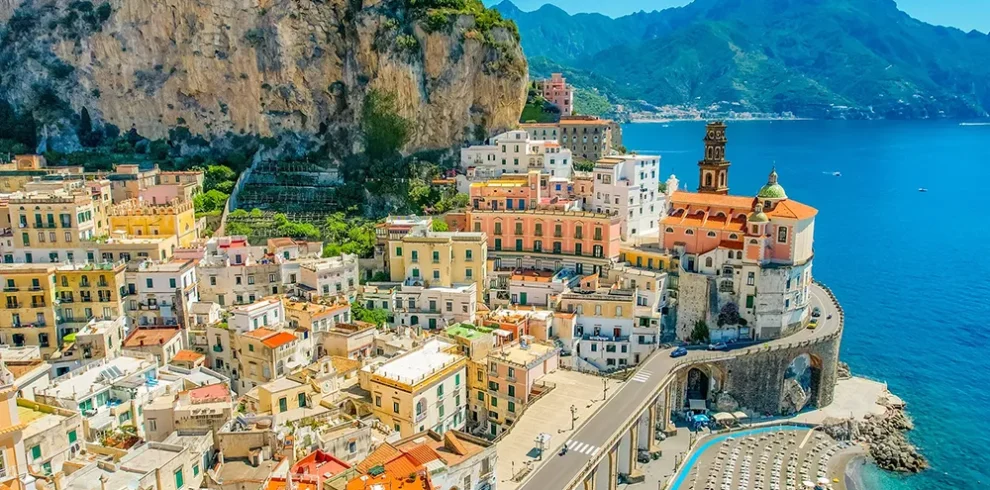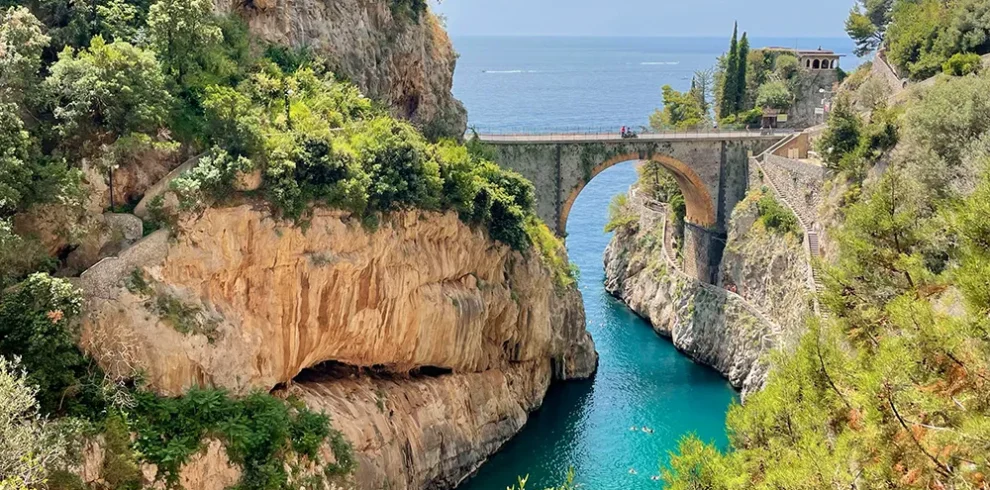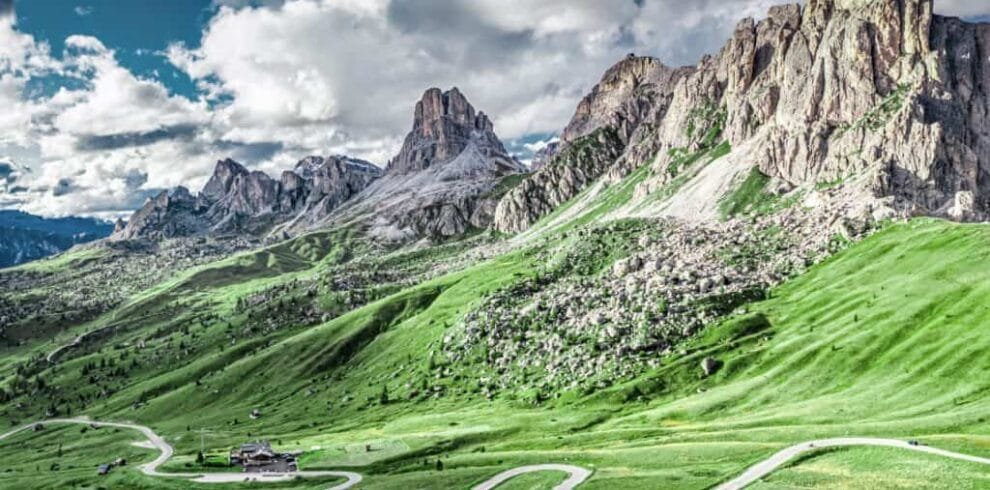We, the team at Italy Moto Tours, invite you on an exciting gastronomic journey across Italy. On our motorcycle tours, we crisscross the country and uncover the culinary traditions of each region. Italy is renowned for the fact that every corner of the country has its own unique recipe – whether it’s the legendary Neapolitan pizza or fragrant Alpine cheeses. In this overview, we will travel through Italy region by region, tasting signature dishes and sharing tips from experienced motorcycle travelers.
Northern Italy
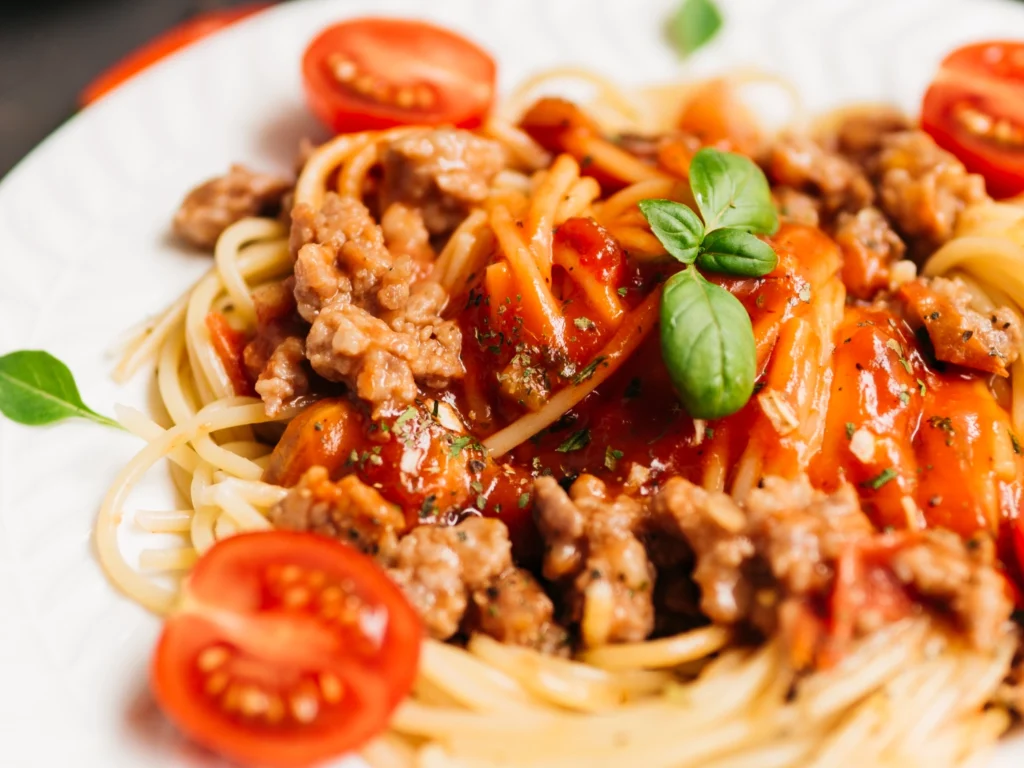
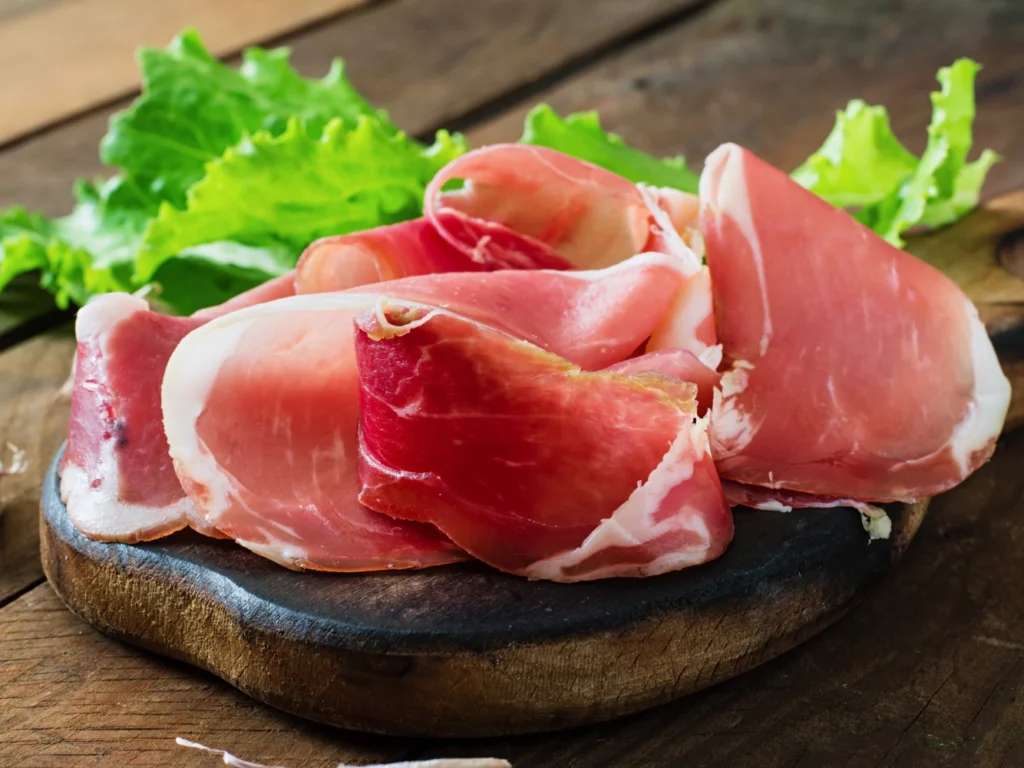
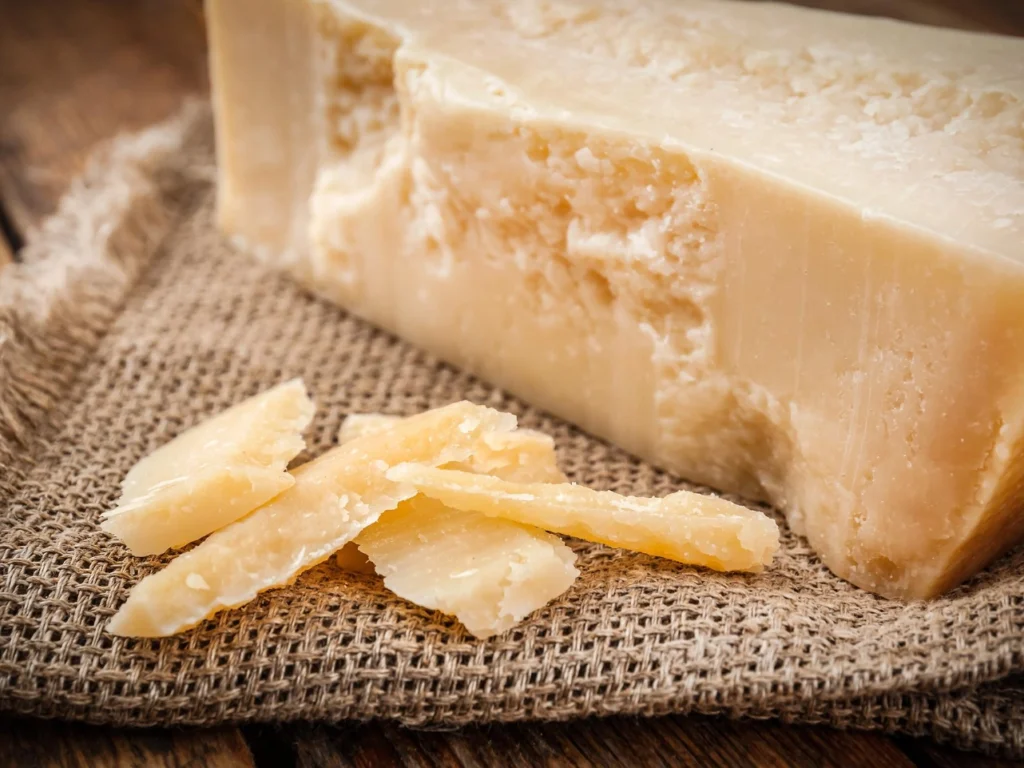
In northern Italy, people pride themselves on both refined cheeses and cured meats, as well as hearty risottos and fresh seafood. In Piedmont, for example, the warm sauce bagna càuda (a garlic-anchovy dipping sauce for fresh vegetables) is highly revered. Baked ossobuco (veal shanks) served with saffron risotto alla Milanese is a Lombardy classic. In Liguria, be sure to try the famous Genoese basil pesto with pine nuts and olive oil.
In the region of Friuli-Venezia Giulia, they produce the famous Prosciutto di San Daniele – a thinly sliced, dry-cured pork ham from the province of San Daniele del Friuli. This ham, protected by a DOP designation, is described as having a “sweet and intense” flavor. They also make frico – a baked dish of Montasio cheese with onions and potatoes – and along the Adriatic coast, hearty fish soups called brodetto are popular.
Emilia-Romagna is truly Italy’s “culinary treasure chest.” Here Parmigiano-Reggiano cheese and Parma prosciutto were born, and the region is famous for pasta with meat ragù. Note in particular the dairy and meat delicacies: for example, the famed Parmigiano-Reggiano is produced only in the provinces of Parma, Modena, Reggio Emilia, and Bologna. What makes this cheese unique is that it is aged for years until it turns a crystal-caramel color with crunchy crystals. Another regional symbol is Prosciutto di Parma – a thin, salty-sweet smoked ham with a protected designation of origin (PDO). Pasta with meat sauce (ragù or “Bolognese sauce”) is a perennial favorite of travelers in Emilia, since here it is made according to authentic recipes.
In other northern regions you’ll find specialties like Valle d’Aosta’s spiced ragù with polenta, the original tiramisu from Veneto, Alto Adige’s crispy tagliolini with truffle butter, smoked bacon in Trentino, or Umbria’s traditional meat soup zac. But throughout the north there are common traits: a love of seasonal ingredients and simple yet intense flavors.
Central Italy
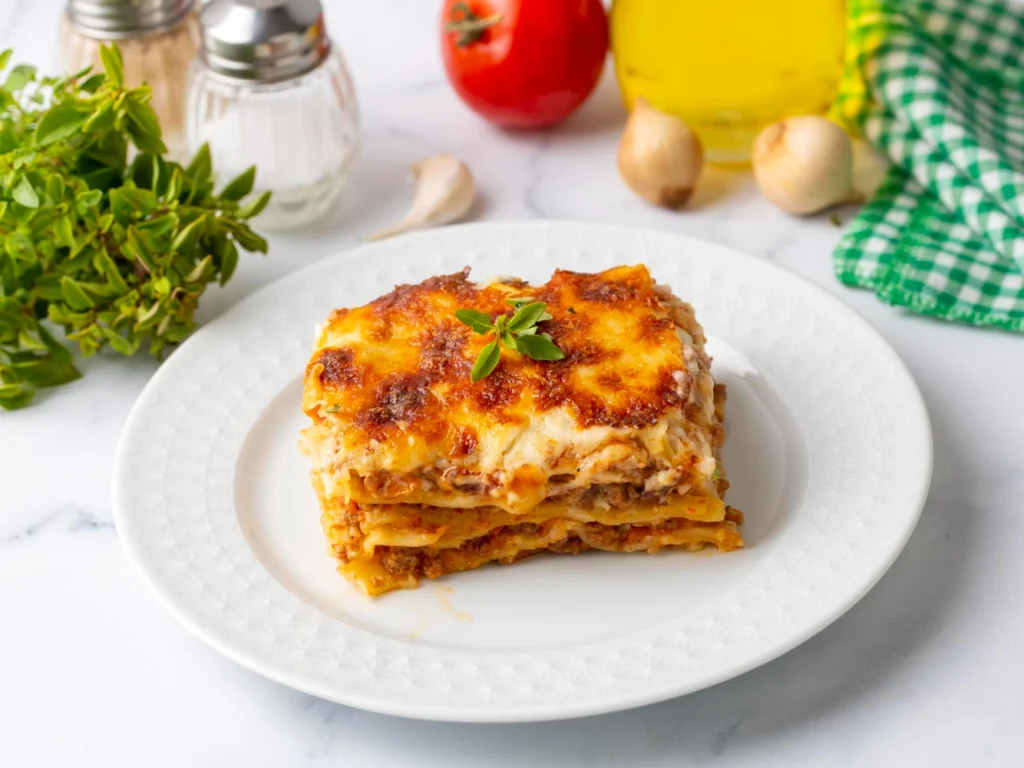
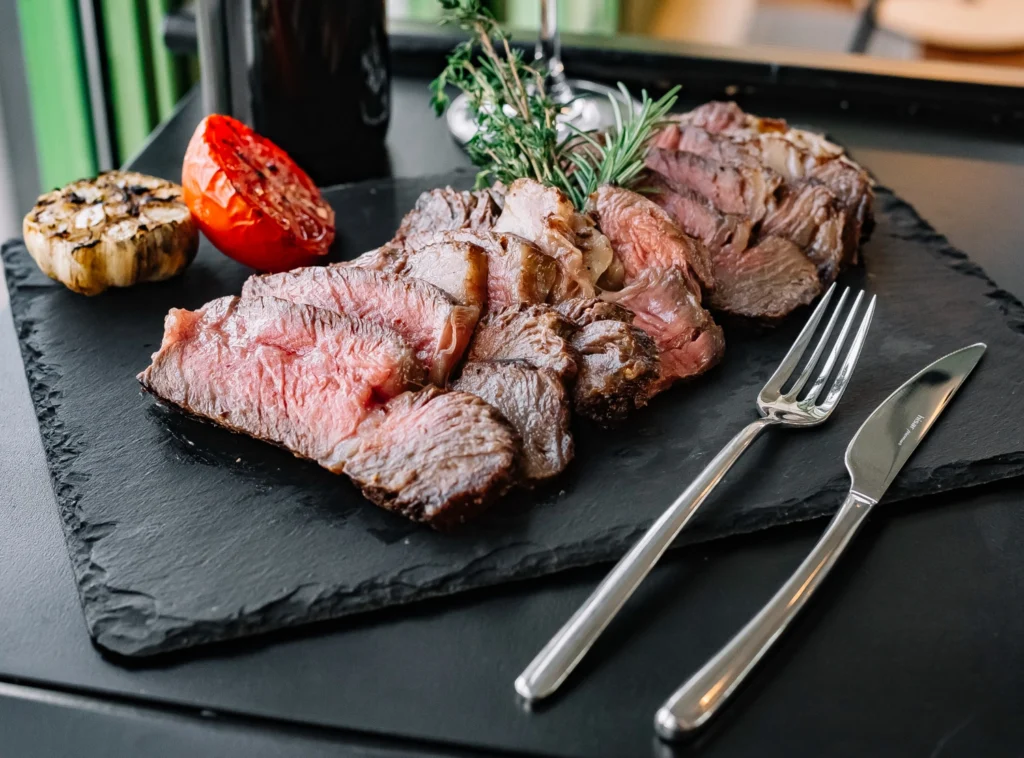
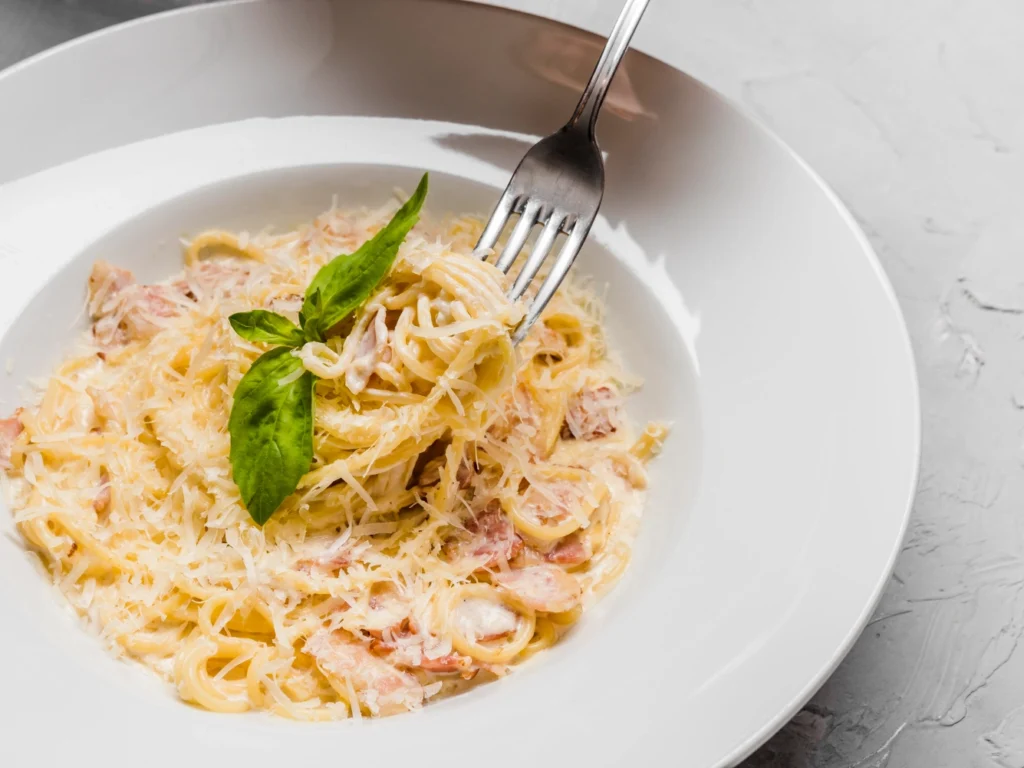
Central Italy is the birthplace of Tuscan and Roman cuisine, where tables feature beans, bread, and fresh vegetables almost year-round. People here love to satisfy hunger with hearty soups and roasted meats.
In Lazio (the region around Rome), pasta Carbonara takes first place. This famous Roman recipe – spaghetti with eggs, rich guanciale (pork cheek fat), and pecorino cheese – is a classic across Italy. The dish is historically tied to Rome and is still served heaped with grated cheese and freshly ground black pepper. Another legend of Roman cuisine is Amatriciana (with tomato sauce and guanciale) and the classic Cacio e Pepe (spaghetti with pecorino cheese and black pepper). Be sure to also try carciofi alla Romana – Roman-style stewed artichokes – and appetiing supplì (Roman rice croquettes with mozzarella).
In Tuscany, the rightful star dish is Bistecca alla Fiorentina – a massive T-bone steak from Chianina beef, grilled over coals. It’s the “master chef” dish of Florentine cuisine: the meat is almost raw inside and extremely aromatic. Equally famous are the Tuscan bread soup ribollita (made with cabbage, beans, and stale bread) and pappa al pomodoro – a tomato-and-bread soup with garlic. Around Siena and Florence you’ll also enjoy excellent olive oil and Chianti or Brunello wines, which pair perfectly with rich meat dishes.
In neighboring Umbria, people love roasted game and dumplings made with sheep’s cheese and spices, and in the Marche region you should try fried stuffed olives (olive all’ascolana) and the meaty casserole vincigrassi – a kind of lasagna with béchamel sauce.
Southern Italy
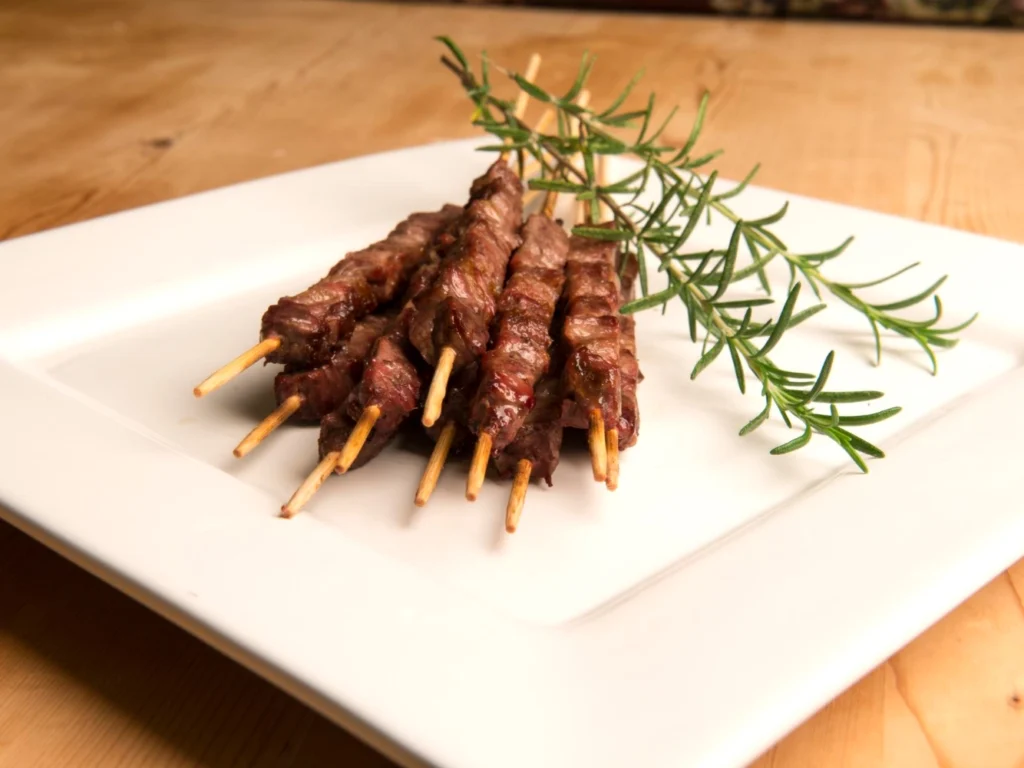
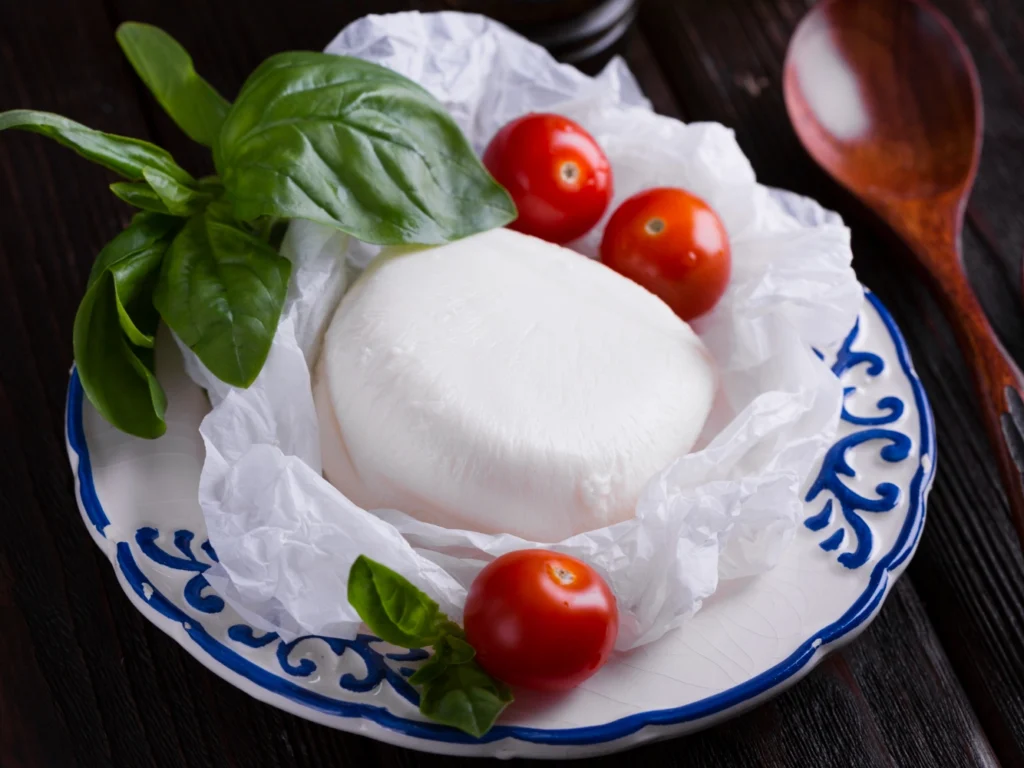
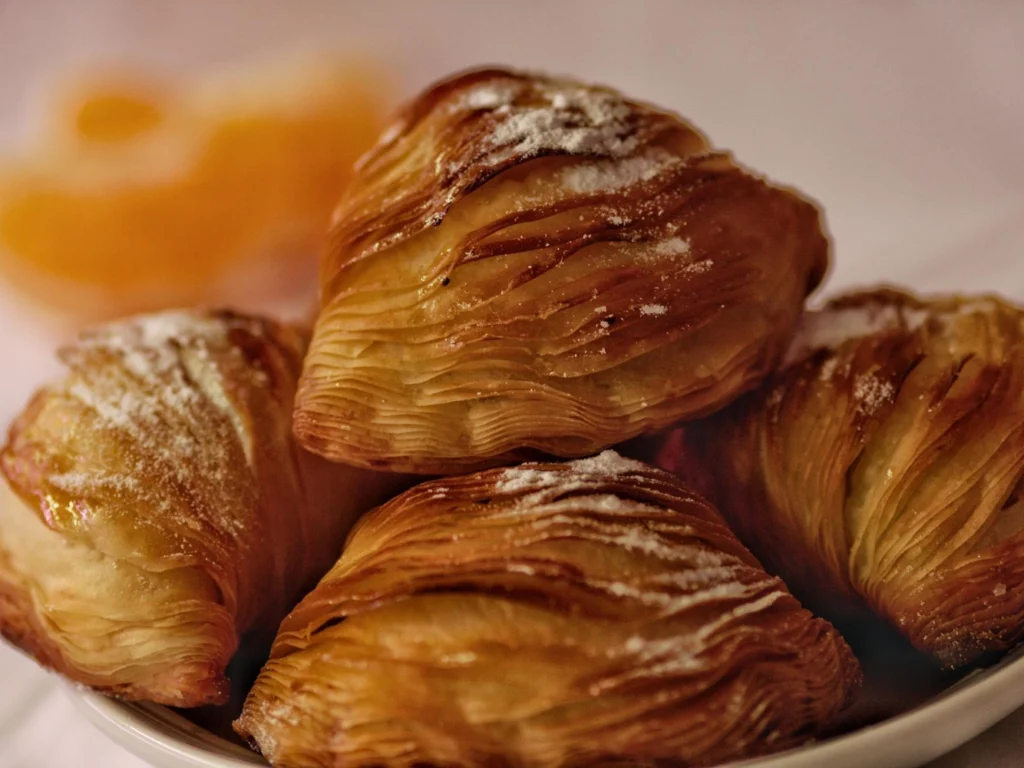
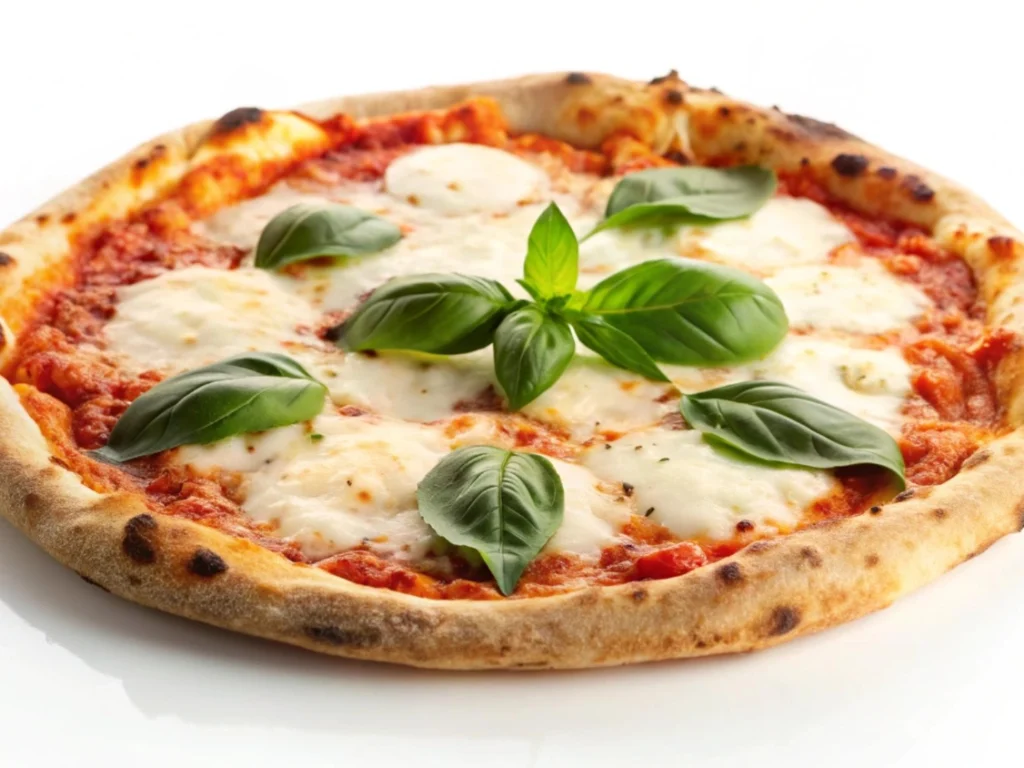
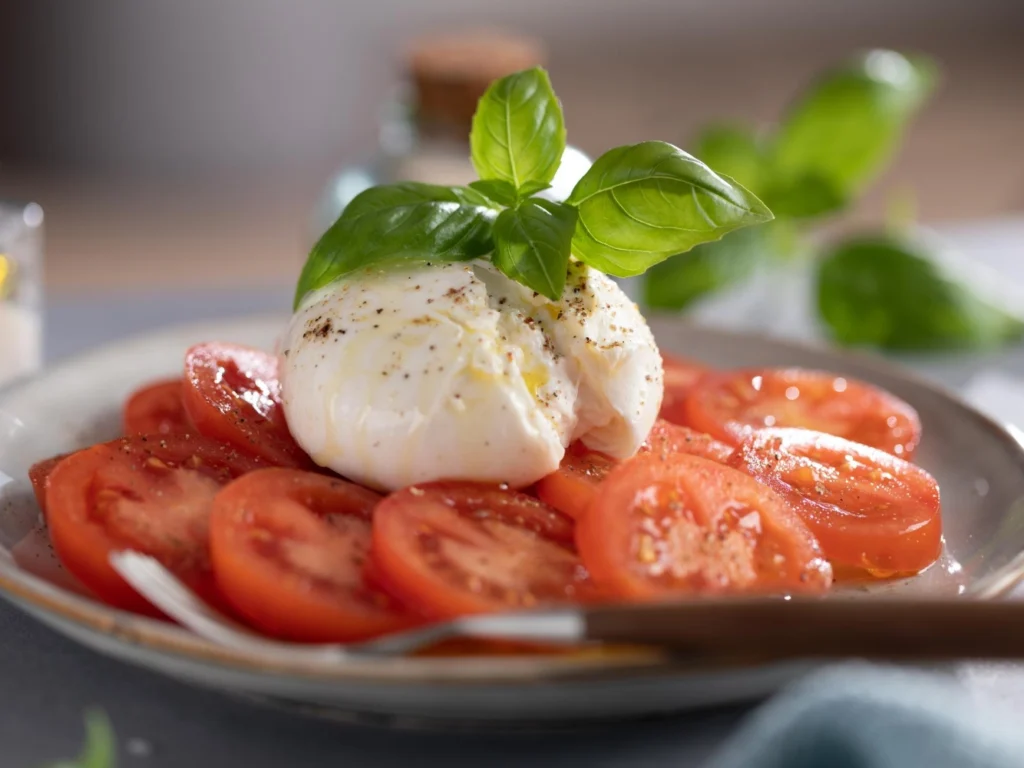
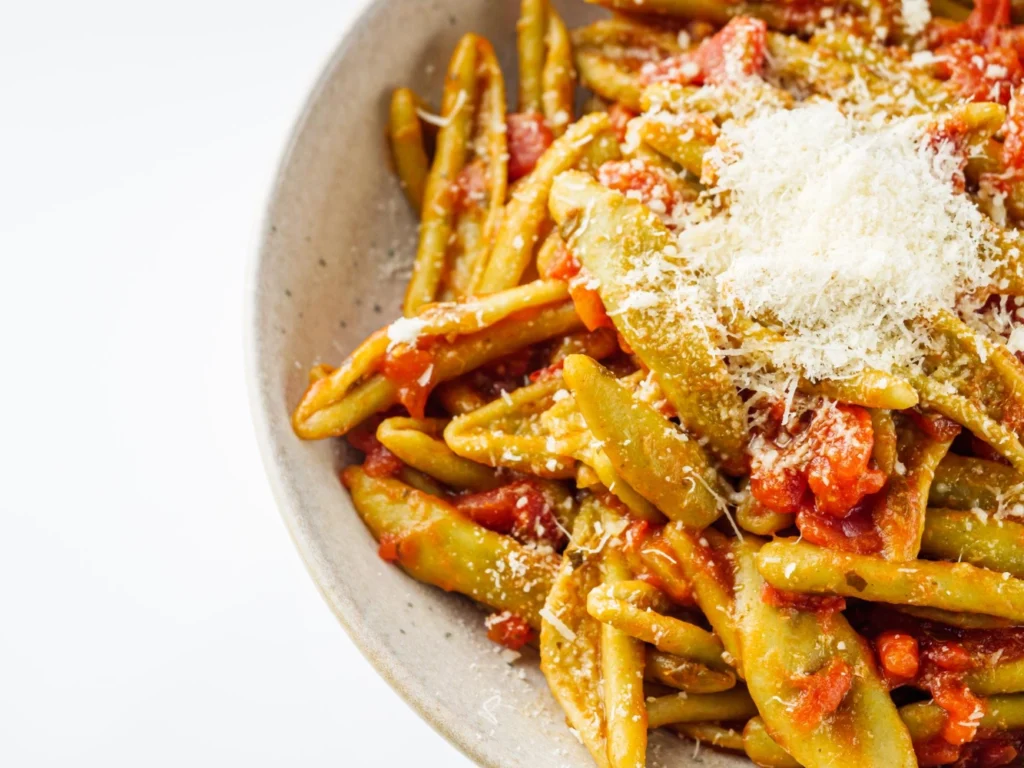
In southern Italy, the cuisine generously uses fresh produce: ripe tomatoes, eggplant, seafood, and olive oil. Here Italians love bold, spicy flavors, and after a long motorcycle ride they treat themselves to pizza and ravioli.
In Abruzzo (in the heart of the Apennines), mountain shepherds add a special touch: try arrosticini – narrow skewers of lamb or mutton on bamboo sticks. These skewers, crispy on the outside and juicy inside, are Abruzzo’s calling card. Another Abruzzo dish is pallotte cacio e ova (fried meatballs of cheese and egg) cooked in olive oil. After these meals they enjoy the local red wine Montepulciano.
Just south of Abruzzo is the small region of Molise, where you’ll find similar dishes made with farro (a type of wheat) pasta and hearty meat-broth soups. The cuisine here is quite modest, as is the region itself.
Campania – the birthplace of pizza and mozzarella. The classic Margherita pizza was invented in Naples, and fresh buffalo-milk mozzarella and delicate ricotta are hallmarks of the Caserta area. We savor them after a day’s ride under the Italian sun. They also produce mozzarella di bufala, fragrant ricotta, and sweets: layered pastries known as ripieni and crisp sfogliatelle pastries. Along the Campanian coast, they serve spaghetti with seafood or with vongole (clams) – simpler but always delightful.
Apulia (Puglia) – the “heel” of Italy’s boot – is the cheese capital of the south. This region gave us burrata – a fresh cheese with a creamy filling – as well as small pasta orecchiette and long, thick focaccia loaves. Apulia is lush with vegetables: here they harvest countless ripe tomatoes and sweet peppers. But the main discovery of this region is burrata. This mozzarella-based cheese with a creamy “heart” was invented in Andria in the 1920s to use up leftover curds. Burrata literally means “buttery” – it’s filled with fresh cream. Tourists applaud when tasting it with olive oil and fresh tomatoes.
Apulians also love orecchiette (ear-shaped pasta), panzerotti (fried turnovers with cheese and tomato), and a soft cheese called Canestrato. One could spend a lifetime at an Apulian table without tiring of its dishes.
In neighboring Basilicata (Lucania), the cuisine is truly rustic: they salt pork and cheese in clay pots and dry herbs in the sun. A particular pride of the region is peperoni cruschi – dried red sweet peppers. These are dried under the sun and used as a seasoning: they add crunch and aroma to boiled pasta or stewed vegetables. Locals call them the “red gold of Basilicata.” Among other dishes, note stewed lamb shank, thin homemade lagane pasta with chickpeas and vegetables, and the slightly sweet porridge rafanata made with bread, horseradish, and honey. Basilicata’s wines, like Abruzzo’s, include the red Aglianico.
Calabria, at the very toe of the Italian boot, is famous for its fiery flavors: the spicy spreadable salami ’nduja and the dark-purple Tropea onions. ’Nduja is a smoked, hot pork paste that is spread on bread or added to sauces. It “burns” the tongue, but spice lovers adore it. Calabria is also known for the sweet, juicy Tropea onions and for bergamot citrus (often used in limoncello). For seafood, try grilled calamari and seafood pasta. And for dessert – try caramelized nuts (pignocchi) and fluffy panettone cakes.
Island Regions
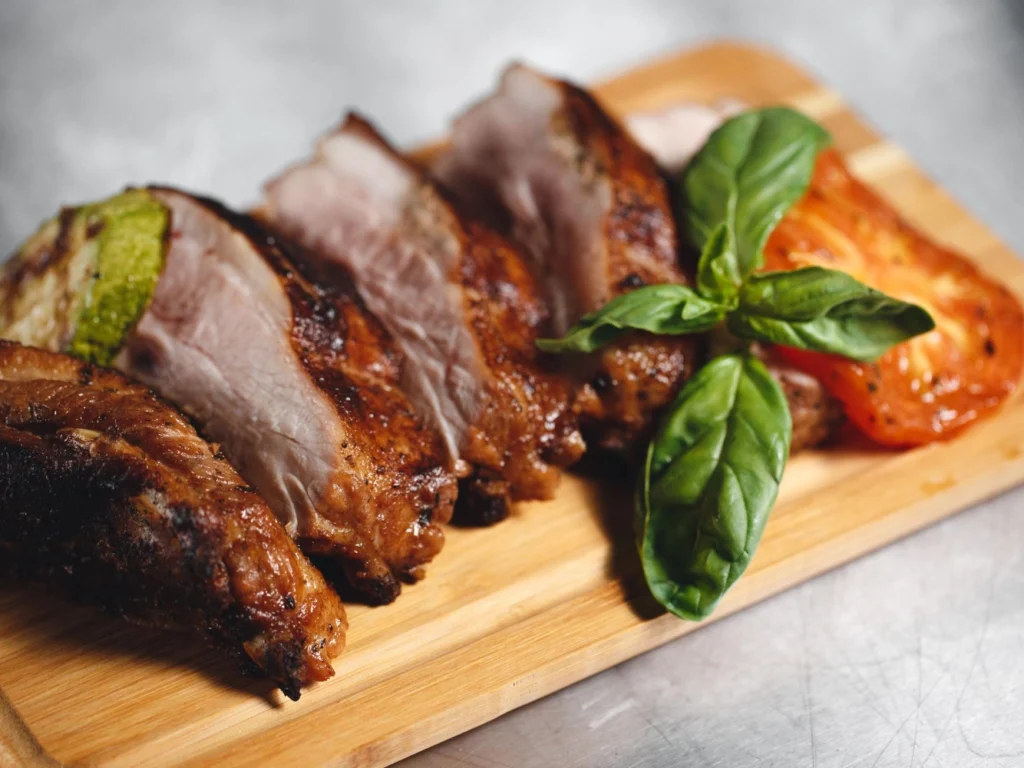
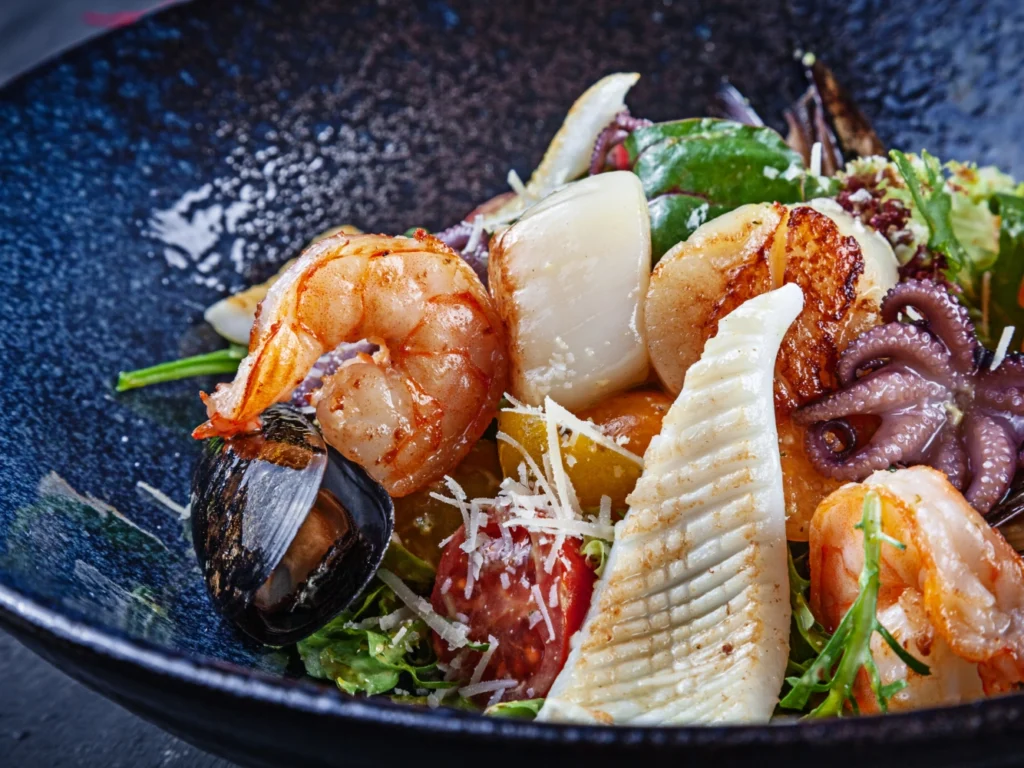
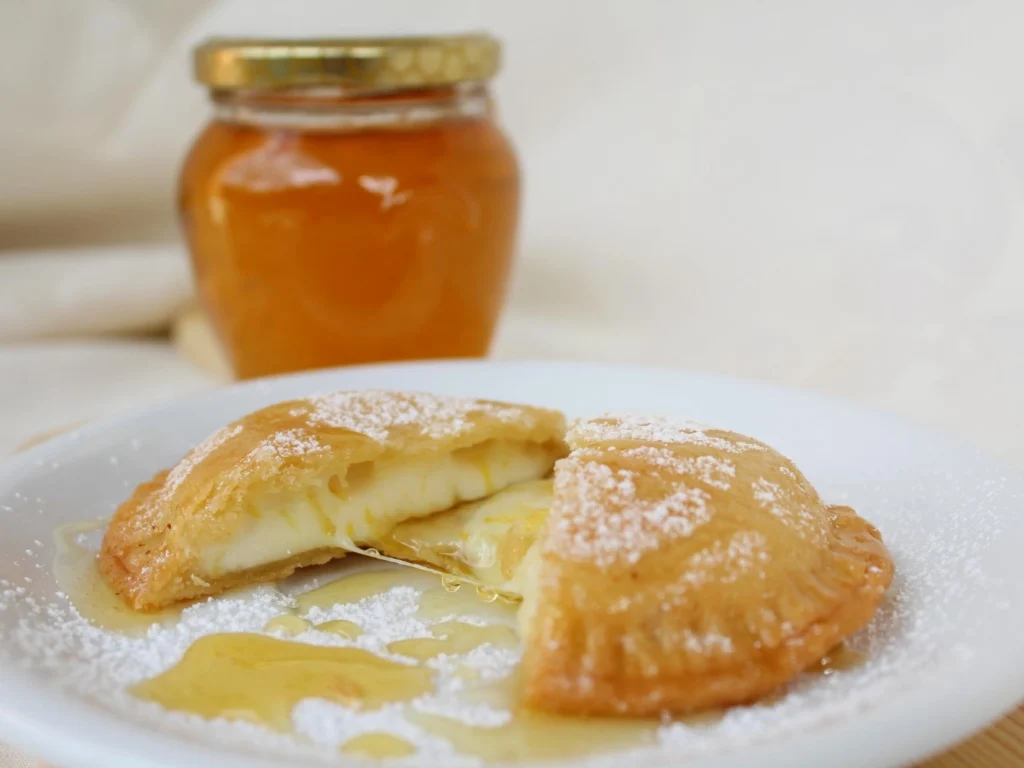
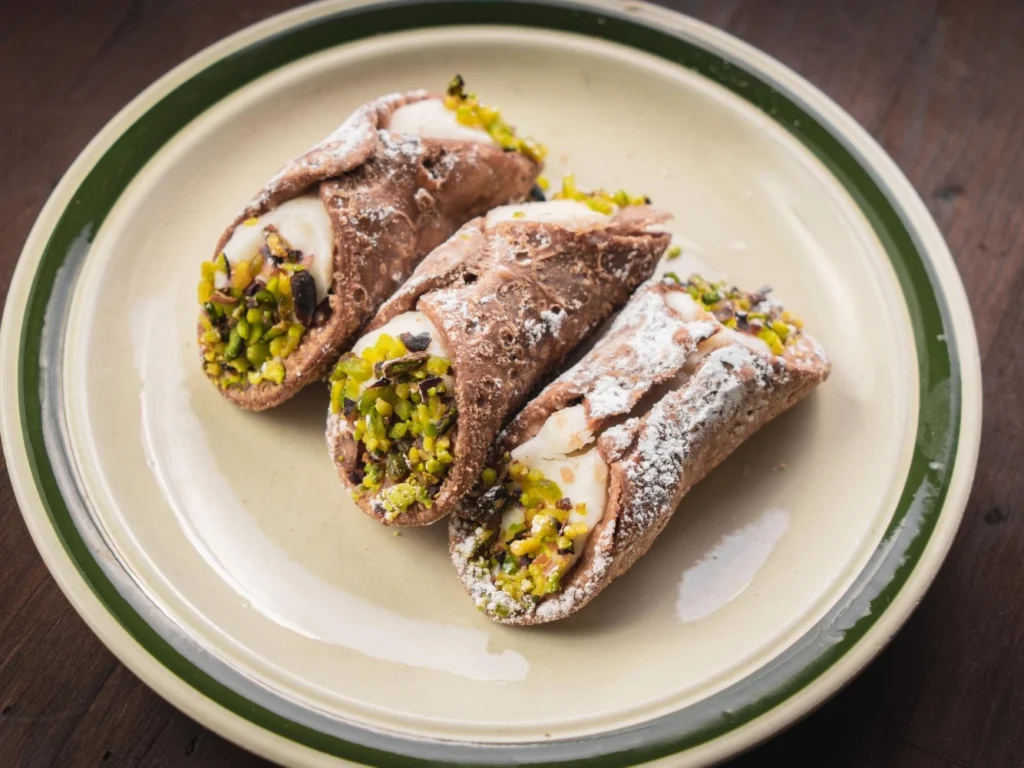
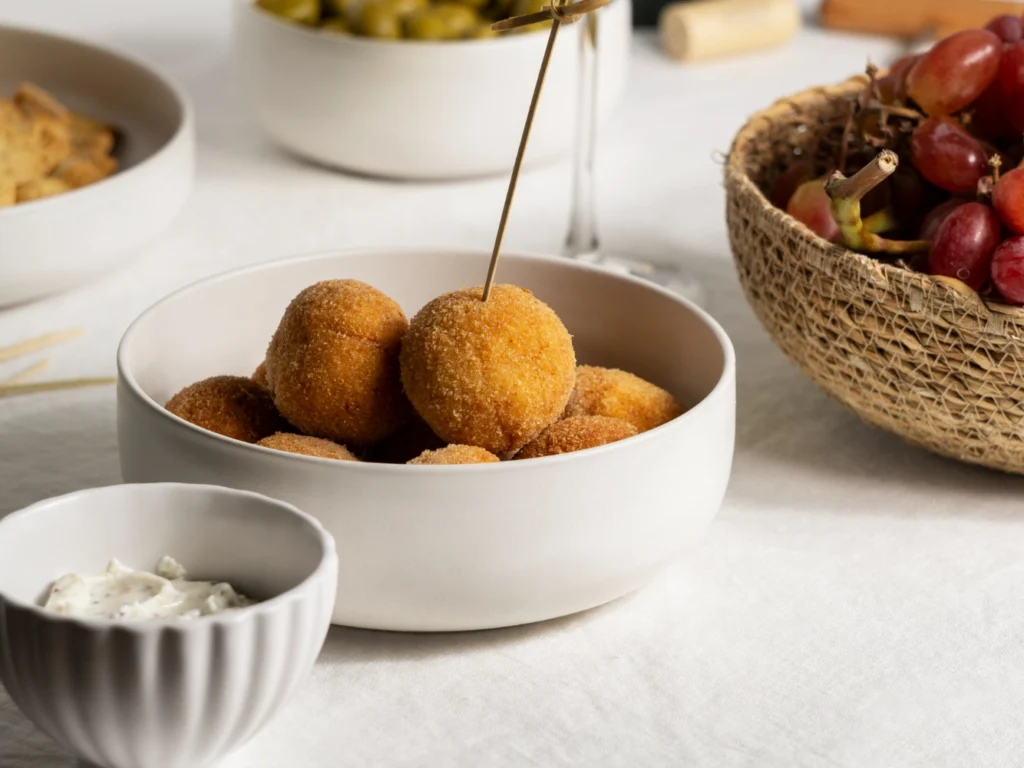
Italy also includes Sicily and Sardinia, two large islands with very original cuisines. Here Mediterranean themes mix with historical influences: a colorful blend of Greek, Arab, and Spanish traditions.
Sicily is one of the country’s gastronomic capitals. Here they invented the tiny rice balls called arancini and the sweet pastry tubes cannoli filled with ricotta. On Sicily, tables groan with seafood dishes and sweets. Almost every cafe has its own recipe for arancini – fried rice balls filled with meat, cheese, and tomato. We absolutely love the “big arancina” – a three-layer creation the size of an apple. The main dessert is cannoli: fried pastry tubes stuffed with sweet ricotta and often sprinkled with chopped pistachios. As Sicilians say, they can be eaten any time of year. Also try cassatelle (pumpkin fritters), pasta alla Norma (pasta with eggplant and ricotta), and as an appetizer – acciughe in saor (marinated herring with onions). And of course, have a glass of volcanic wine – from the slopes of Mount Etna or the island of Pantelleria.
Sardinia will surprise you with its fluffy fregola pasta, appetizing porceddu (roast suckling pig), and the crispy pane carasau bread (pictured), which locals call “carta da musica” (sheet music) for its incredible thinness. On Sardinia we ride along winding mountain roads and enjoy dishes born of the earth: the menu is rich in lamb and goat cheese. They make crisp, thin pane carasau – the “cardboard bread” of semolina flour – nicknamed the “sheet music” for its thinness. For the main course – fragrant porceddu (roast pig) and lamb stew with mint. Don’t miss the dessert seadas (or sebadas) – large fried pastries filled with salted ricotta and drizzled with honey. And drink the local strong coffee, often served with a shot of cognac (as Sicilians do in their caffè corretto).
A motorcycle trip with Italy Moto Tours becomes a true feast of flavors: after each day in the saddle, we discover a new dish and the story of its region. Thanks to local signature recipes, each route becomes doubly rich: we not only admire the landscapes, but also savor the unique gastronomic “routes” winding through Italy. We hope this overview helps you navigate the endless diversity of Italian cuisine, region by region! May your travels be as bright and delicious as the dishes themselves.

